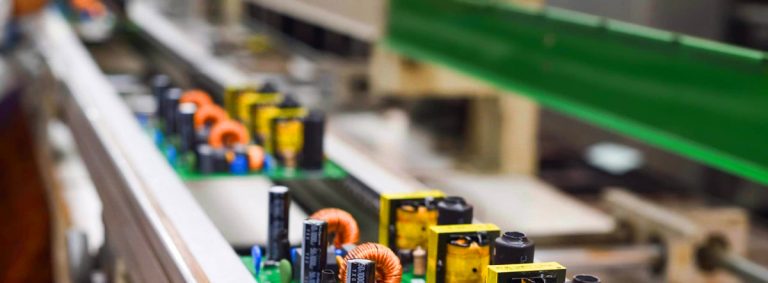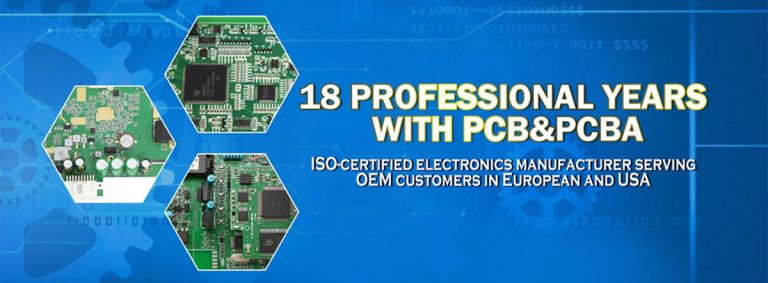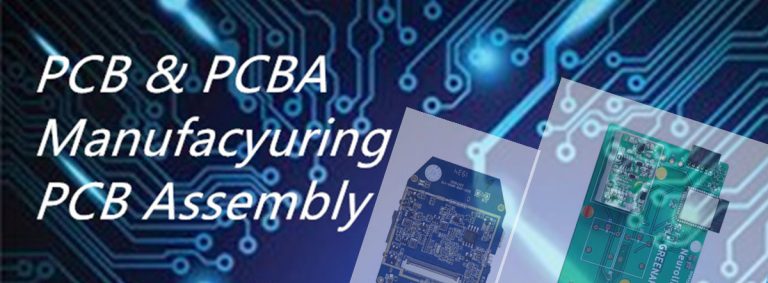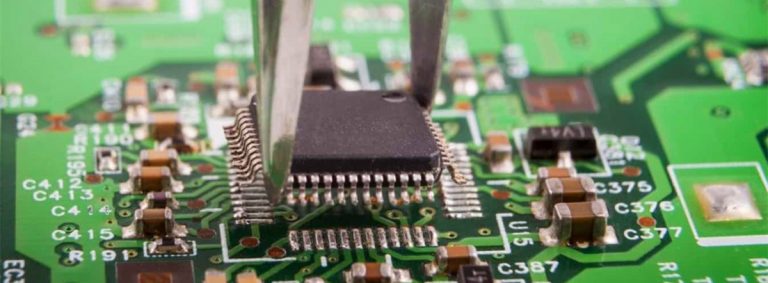How to Select the Right PCB Materials
One can’t overstate the importance of picking the right PCB materials for making a PCB assembly. Each piece’s benefits can change greatly depending on the material you choose. Your PCB can range from a standard board to complex, bendable PCBs; in short, you’ll find a wide range of options.
*Substrate
When considering materials, start by looking at the four layers of a PCB Board. The substrate holds the PCB together and needs to handle the heat and electricity that runs through the PCB; due to this component’s importance, you should greatly factor it into your decision. A lot of hard PCBs use fiberglass as their substrate materials, while others use flexible plastics.
*Laminate
Laminate isolates and separates signals between PCB layers and the outside. A lot of PCBs laminate copper to the substrate with various heat-resistant materials. You’ll find quite a few options, so choose the one that best fits your PCB’s thermal and electrical needs.

*Solder Mask
The solder mask consists of a thin layer of material that helps prevent outside exposure for the PCB’s traces. These are usually made from polymer that stops dust and doesn’t inhibit electrical signals. Several epoxies and photo-imageable solder mask options suit different needs, making this component an important material to consider.
*Silkscreen
When you need to place the PCB’s components the right way, the silkscreen layer provides a handy solution. This material is an epoxy layout that plans where the components of the PCB will sit. This layer can also double as writing on the PCB, helping to label parts and add any additional information someone might need about the PCB.
As you can see, you can choose from a variety of materials. You can also get a lot of help by using prototype PCB assembly services that assist you when you make your PCB board.







